The back of the mouth where it meets the throat is called the oropharynx (pronounced: OR-o-FAR-inx). This region begins where mucous membrane arches up from the tongue to form the soft palate and includes all of the soft palate, the tonsil region, and the back of the tongue where it goes out of view, extending down towards the voice box. Cancers in the oropharynx most commonly begin in the tonsil, soft palate or tonsil – like tissue of the tongue base. Malignant tumors here usually begin on the mucous membrane – lining (called squamous cell carcinoma) but can also arise in white blood cells (lymphoma) or glandular cells (adenocarcinoma). Early signs and symptoms of oropharynx tumors include development of asymmetrical tonsils, pain such as a persistent sore throat, particularly pain that shoots to one ear, difficulty or pain with swallowing, a muffled sound to the voice, or a lump in the neck. Your doctor might be able to see a tumor in this area without special equipment, but may need special mirrors or fiberoptic telescopes. The doctor may also need to feel the back of the throat with a gloved finger. A biopsy is necessary to confirm a diagnosis. Often this area must be biopsied with the patient under general anesthesia. Treatment of oropharyngeal cancer often consists of surgery or radiation therapy with or without chemotherapy. Small tumors may be removed surgically without loss of throat function. Larger tumors can be removed surgically if necessary (ex. if chemotherapy and radiation fail) but these surgeries require reconstruction of the throat and may harm the ability to swallow. Oropharyngeal cancer usually arises in individuals aged 45 – 70 who have abused tobacco and alcohol. The human papillomavirus has been found in over half of these tumors and probably plays a role in cancer development. This virus might be transmitted through sexual contact.
Submitted by Wayne Koch. MD
Was this valuable information? Please search our Public Member Profiles to find a Head and Neck Surgeon.
